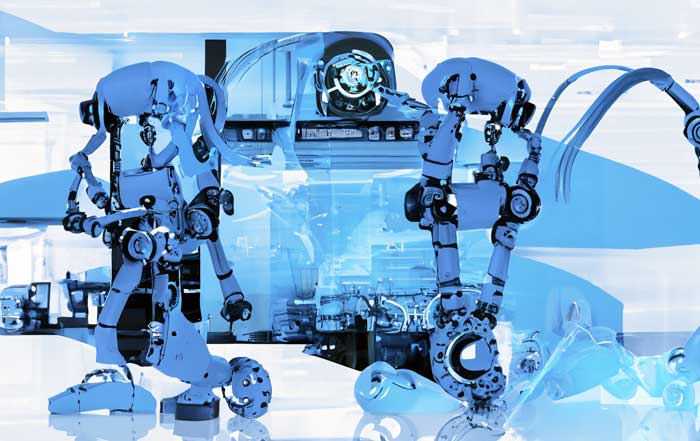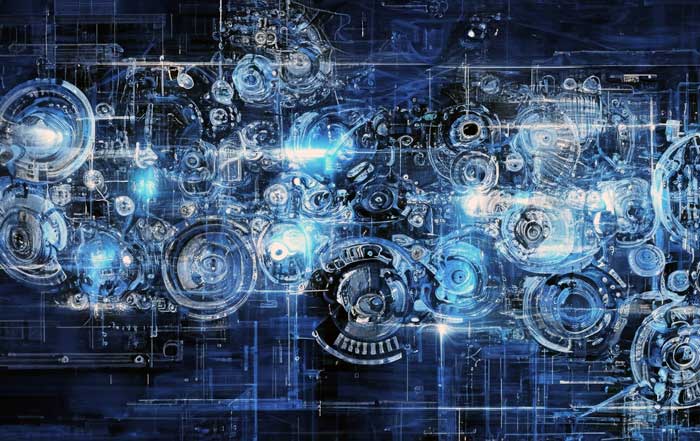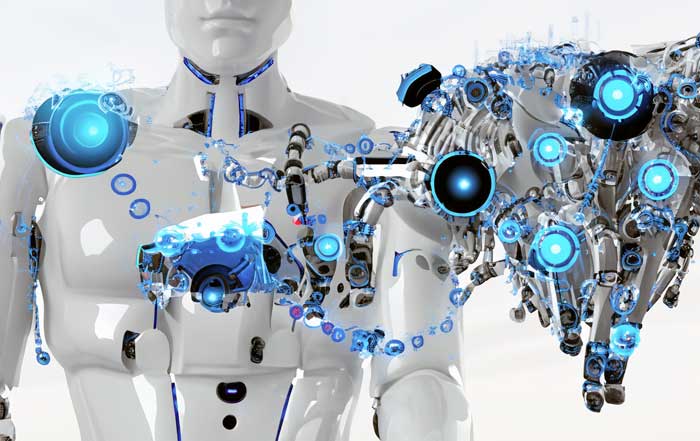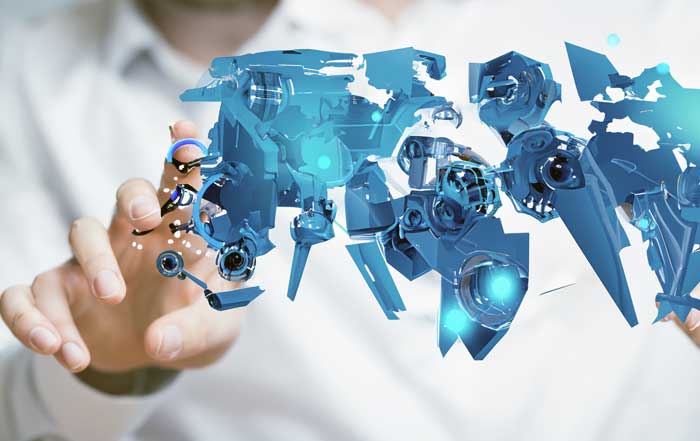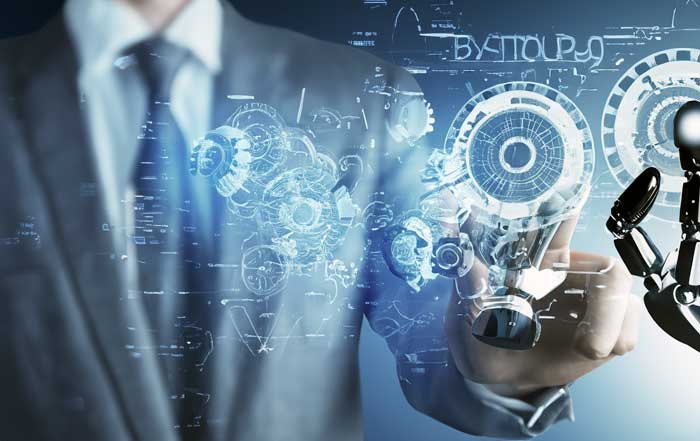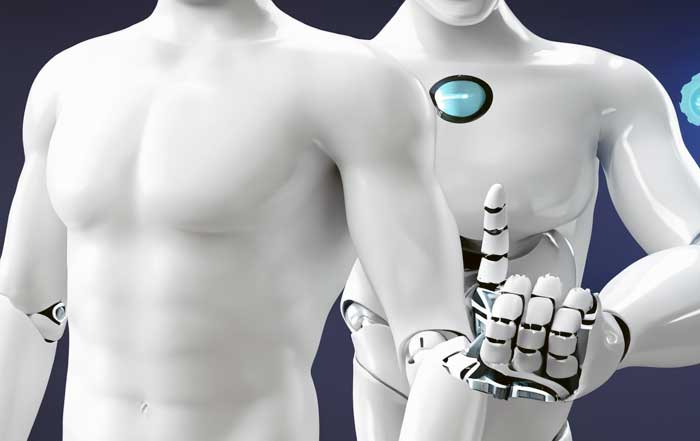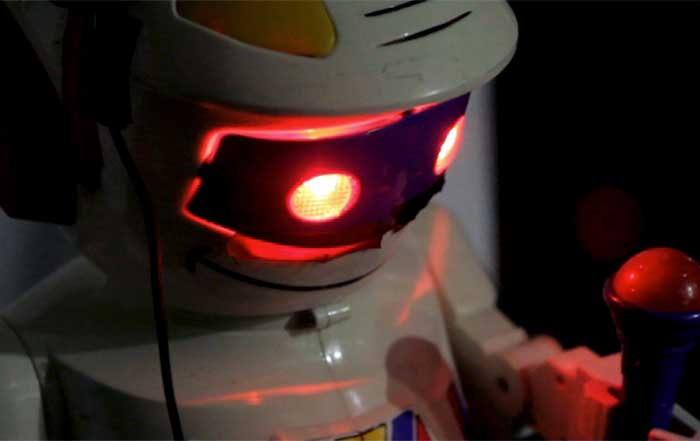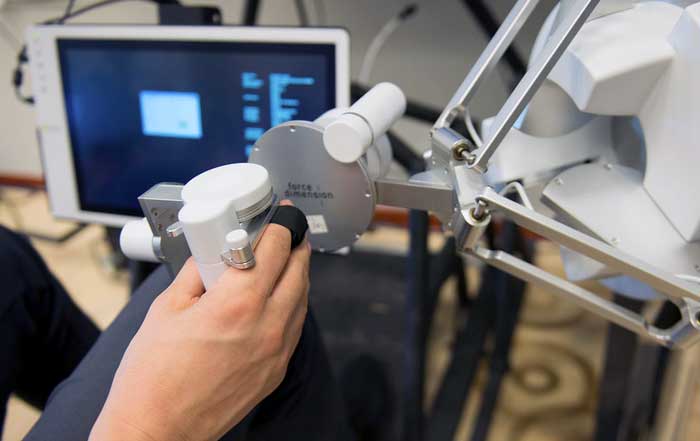In recent years, advances in technology have been making waves in the business world and drastically changing the way businesses operate. Robotics and artificial intelligence (AI) have become integral components of many businesses and are providing new opportunities for growth and innovation. As the power and potential of robotics and AI continue to grow, businesses are beginning to explore and capitalize on this technology to create new products and services, increase efficiencies, and increase profits.
Robotics is a form of technology that utilizes machines to perform tasks that are either too difficult or too dangerous for people. They are typically used in manufacturing and industrial settings to increase production, reduce errors, and reduce costs. Robotics can also be used in customer service roles, such as in retail stores or airports, to automate certain tasks. AI, on the other hand, is a form of computer science that allows machines to learn and make decisions on their own. AI is increasingly being used to help automate processes and uncover insights that may have otherwise gone unnoticed.
Robotics and AI are being used in a variety of different ways in the business world. For example, businesses are using AI-powered chatbots to provide customer service. These chatbots can answer questions, provide guidance, and even make recommendations to customers. Businesses are also using AI to help uncover insights from data, which can be used to make better decisions and optimize operations. Robotics can also be used to automate mundane tasks, such as data entry and bookkeeping, freeing up employees to focus on more complex tasks.
Robotics and AI are also being used to create new products and services. For example, businesses are using AI to develop more personalized products and services for customers. This creates a more engaging customer experience and helps to build customer loyalty. Additionally, businesses are using AI to develop innovative new products, such as autonomous vehicles and drones, which have the potential to revolutionize industries.
As businesses continue to explore the potential of robotics and AI, there are a few important considerations to keep in mind. First, it is important to ensure that any new technology is properly tested and secure before it is deployed. Additionally, businesses should consider the potential ethical implications of using robotics and AI, such as job displacement or privacy concerns. Finally, businesses should ensure that they are using the technology in a responsible way and that they are taking steps to protect their data and customers’ data.
Robotics and AI are undoubtedly changing the way businesses operate and creating new opportunities for growth and innovation. As businesses explore the potential of this technology, they should be aware of the potential risks and ethical considerations that come with it. By taking these steps, businesses can ensure they are taking advantage of the potential of robotics and AI in a responsible and effective way.

